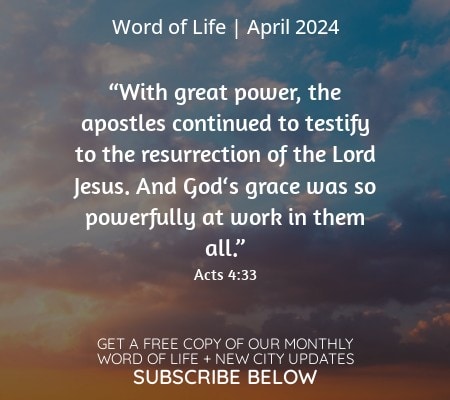Mr. Arpit Dhupar, a Delhi-based engineer, launched a new business venture called Dharaksha Ecosystems to tackle the “rice stubble” problem. In India, farmers need to clear off millions of tons of dead stalks left over after harvest every year. Because of its high moisture content, rice stubble cannot be used for stove fuel, so they burn it in massive pyres.
In his factory in the northern Indian States of Punjab and Haryana, he turns 250 metric tons of rice stubble harvested from 100 acres of farmland into packaging while paying the farmers a rate of $30 per acre for something they would usually burn.
Dhupar originally wanted to use mushrooms to rapidly biodegrade baled stacks of rice stubble, but found that the fungus left behind a metabolite that wasn’t biodegradable—in other words, he’d have to create a waste problem to solve a waste problem.
Over time, he realized that the filaments that make up the subterranean structure of the mushrooms, called mycelium, were acting as a sort of binding agent, turning the baled stubble into something durable. “This wasn’t a waste material but could be a usable one,” said Dhupar. “Through bio-fabrication, we could use the stubble waste to create a material similar to [polystyrene], but one that was biodegradable.” A lot of these sustainable packaging ideas are floating around, invented by people who rarely have experience in markets and commerce.
This is not the case with Dhupar’s stubble packaging. He has already prevented over half a million pounds of polystyrene from entering landfills since launching his product, which has numerous, exceptional properties. Baked in the oven, the mycelium-bound stubble becomes hard and fire-retardent, allowing it to be laser engraved. Further, the product can tolerate high moisture content and is also anti-static. They sell around 20 metric tons of their product every month, making about 30.5 thousand dollars per annum, mostly by selling to glassware companies.
Source: Andy Corbley, Good News Network




